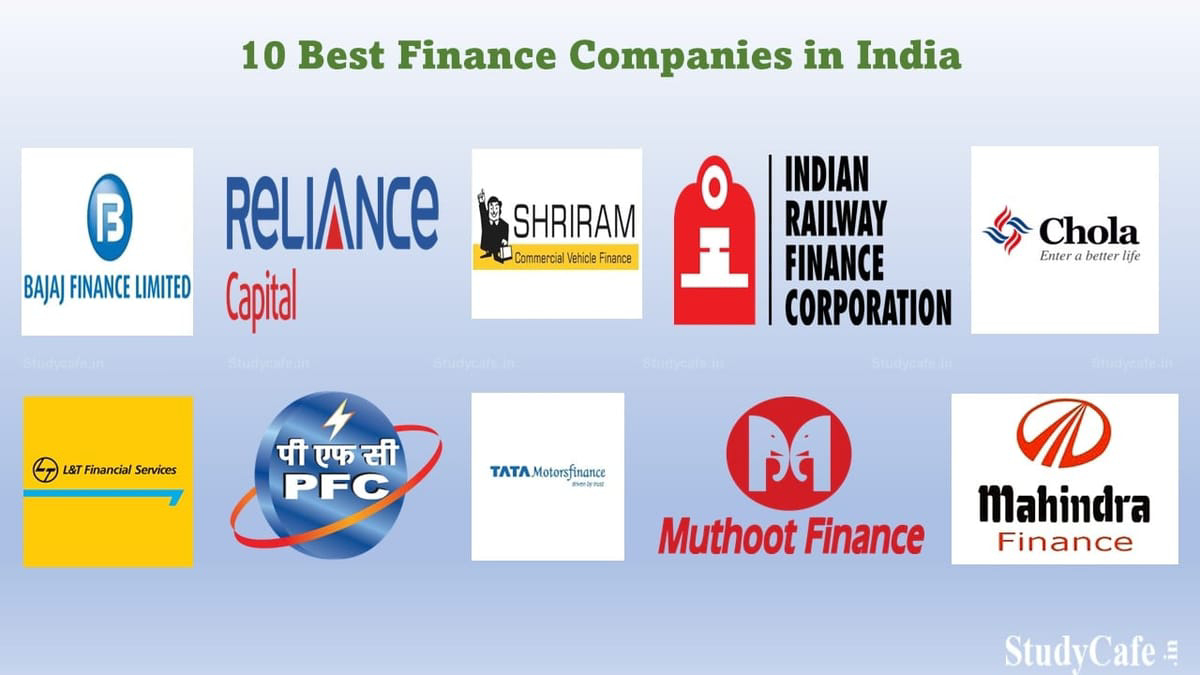Mahatma Gandhi and Shastri Jayanti. What a providential coincidence it is that Mahatma Gandhi and Lal Bahadurpura Shastri - two of the most loved and revered leaders of India.
Mahatma Gandhi and Shastri Jayanti.
What a providential coincidence it is that Mahatma Gandhi and Lal Bahadur Shastri - two of the most loved and revered leaders of India - share their birth date - 02 October, which is celebrated as Gandhi Jayanti across India. Unfortunately, due to this coincidence, unwittingly, the saga of the extraordinary life, works and contributions of Lal Bahadur Shastri to the nation are often eclipsed in public reportage during this occasion. To commemorate this auspicious occasion, I visited the Mani Bhavan and joined their celebration of the Gandhi Jayanti which was so beautifully organised with all religion prayers sung so beautifully by school students from different schools in Mumbai. It was heartening to see so many young students taking keen interest on Gandhi, listening intently to their teacher who was explaining Gandhiji’s association with Mani Bhavan and the nonviolent means which he adopted during the Indian freedom movement. I was pleasantly surprised to see a newly elected Kerala MLA, Chandy Oommen (37) son of former Chief Minister Oommen Chandy, a first time MLA who won the bye-election on September 8 after defeating CPI-M’s Jaick C Thomas by an unprecedented margin joining the occasion at Mani Bhavan. He also tried his hands at the spinning wheel. Incidentally, I have been honoured to become a member of the Trustees of Mani Bhavan and in that capacity, this was my first Gandhi Jayanti celebration, which I had the honour to celebrate at Mani Bhavan. Some of the accompanying images to this essay are takin from Gandhi Jayanti celebrations at Mani Bhavan today.
This year’s Gandhi Jayanti has coincided with the announcement of the first of the six - Medicine, Chemistry, Physics, Peace, Literature and Economics ( added later) - annual Nobel Prizes. The Nobel Prize in Physiology or Medicine will be announced later today by the Nobel Assembly at Karolinska Institutet, Stockholm, Sweden. This coincidence makes it relevant to once again broach over that old unanswered question: how is it that the Mahatma, who is considered to be the apostle of peace, and the most powerful symbol of non-violence in the last century, was never awarded the Nobel Peace Prize? The sanctity of this question is further amplified when we juxtapose it with a statement made by one of the most notable Nobel Laureate, the great Albert Einstein, about Gandhi. Einstein had said ‘Generations to come will scarce believe that such a one, as this, ever in flesh and blood walked upon this earth’.
Gandhi was nominated for the Nobel Peace Prize in 1937, 1938, 1939, 1947 and, finally, a few days before he was assassinated in January 1948. Yet, ironically, he was never considered worthy of the prize. In the year 1948, the Prize was not awarded to any one, leaving to speculation whether the 1948 Nobel Peace Prize would have been awarded to Gandhi ji had he been alive? This glaring omission has been publicly regretted by later members of the Nobel Peace Committee; when the Dalai Lama was awarded the Peace Prize in 1989, the chairman of the committee said that this was “in part a tribute to the memory of Mahatma Gandhi”. The United Nations made up for the inexplicable act of denying Gandhi the Nobel Peace Prize, by declaring the birth day of Gandhi – 2nd October - as the International Day of Non Violence (IDNV). This was based on the recommendations of the United Nations General Assembly in 2007, and ever since 2nd October is observed as IDNV.
While remembering the Mahatma on his birth anniversary - born on this day, 02.10.1869 - we must also remember with equal reverence another legend - Lal Bahadur Shastri, who was also born on this day in 1904. The physical stature of Shastri ji may have been very small but his standing was nearly as tall as that of the Mahatma. Lal Bahadur Shatri and his ‘Jai Jawan Jai Kisan’ clarion call, that he made to the nation in the face of the Indo-Pak 1965 war, which came on the back of the defeat that we faced against the Chinese in the 1962 war and at the time when India was facing shortage of food grains, will keep reverberating to remind us of Shastri ji. It was this appeal that helped the people of India to support our Jawans and Kisans in equal measures, the tradition of which has perpetuated even today. Incidentally, the legendary agriculture scientist and the father of green revolution in India, Dr MS Swaminathan who passed away on 28 September, 2023, at the age of 98, was one of those who were inspired by Shastri ji’s call of Jai Kisan. Today while we are celebrating Gandhi Jayanti, we must also remember and celebrate Shastri Jayanti.
Tonnes of reading material exists on the contributions of the Mahatma in the freedom movement, through his nonviolent means. Being a science communicator, we are aware that there is limited understanding on Gandhi ji’s interest in science and technology. It is generally believed that Gandhi ji was ante science and technology. During the culmination of the two year celebrations of the sesquicentennial birth anniversary of the Mahatma in 2020, the Nehru Science Centre organised two online lectures, the first one by Dr Rathnashri on ‘Bapu and Khagol Shastra’ and the second one ‘Mahatma Gandhi and Science and Technology’ by Sudheendra Kulkarni. These two lectures, based on the research of the speakers, threw light into an hitherto unknown facets of Gandhi’s interest in science.
May both - Bapu and Shastri - continue to live in the hearts and minds of the people.
Jai Jawan Jai Kisan Jai Vigyan
Images - courtesy Wiki commons, Nehru Science Centre and Mani Bhavan.





Comments
Post a Comment